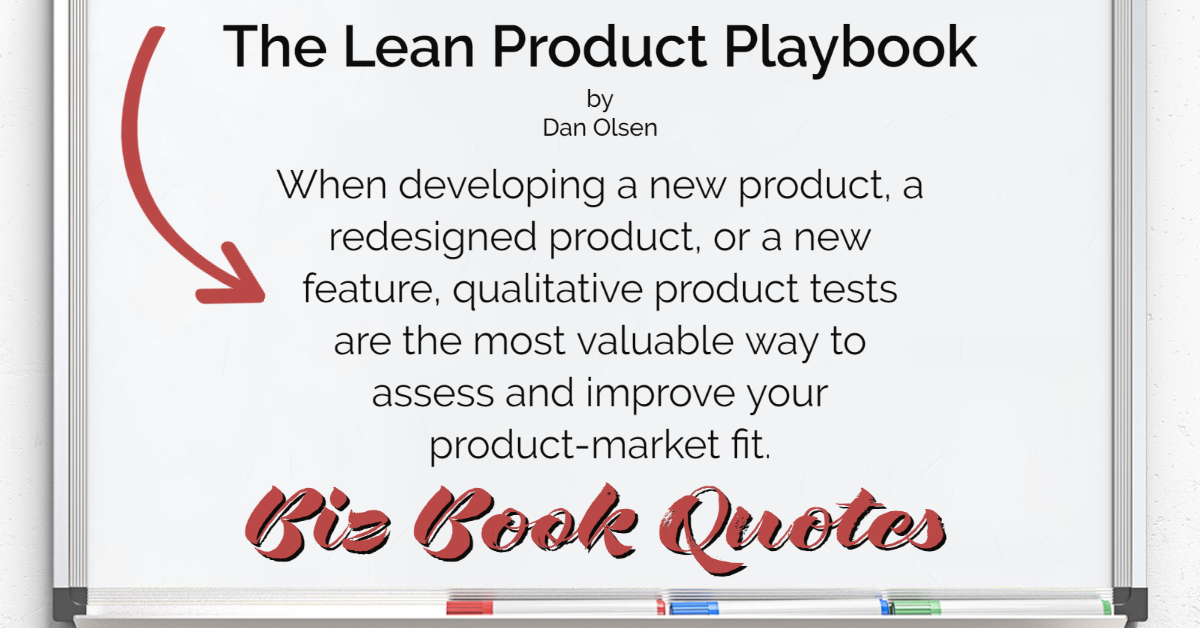 |
When developing a new product, a redesigned product, or a new feature, qualitative product tests are the most valuable way to assess and improve your product-market fit.
|
99 |
 |
Even if you’ve tested design artifacts along the way, it’s a good idea to test your actual MVP once it’s built. Changes often occur between the design and development phases.
|
107 |
 |
Even though great design takes a lot of skill and work, there’s really no excuse for having a bad user experience.
|
141 |
 |
…the odds of successfully designing products for a customer you don’t know extremely well are depressingly low.
|
173 |
 |
Studying your own needs can lead to remarkable discoveries and new ideas because the designer always has a direct line to at least one user: him- or herself.
|
199 |
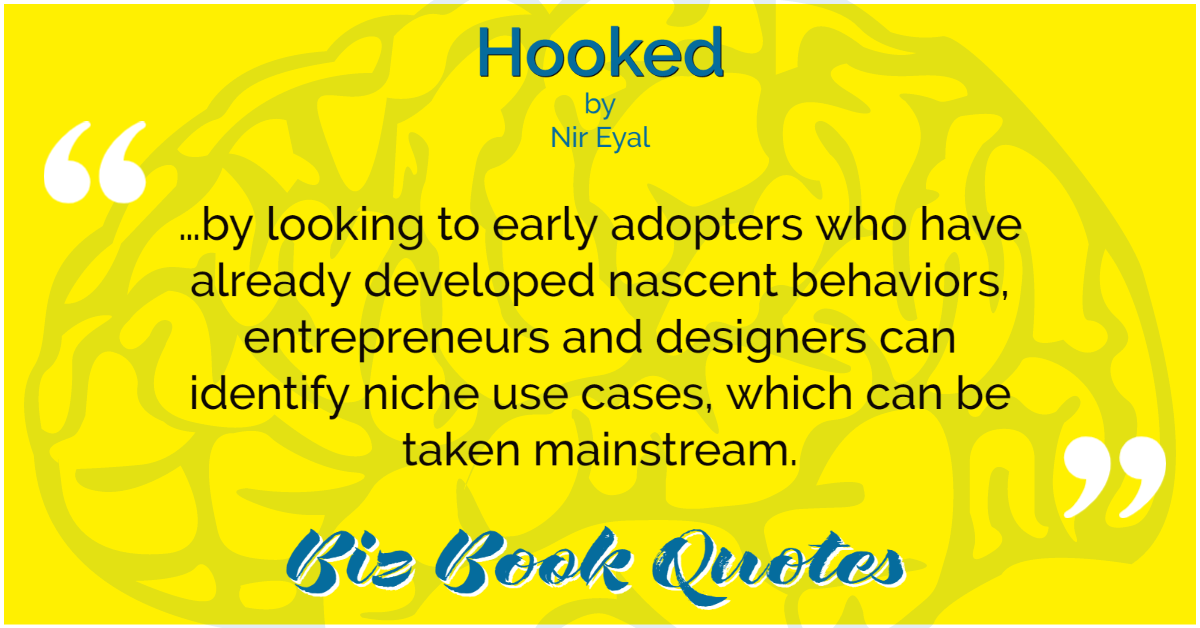 |
…by looking to early adopters who have already developed nascent behaviors, entrepreneurs and designers can identify niche use cases, which can be taken mainstream.
|
202 |
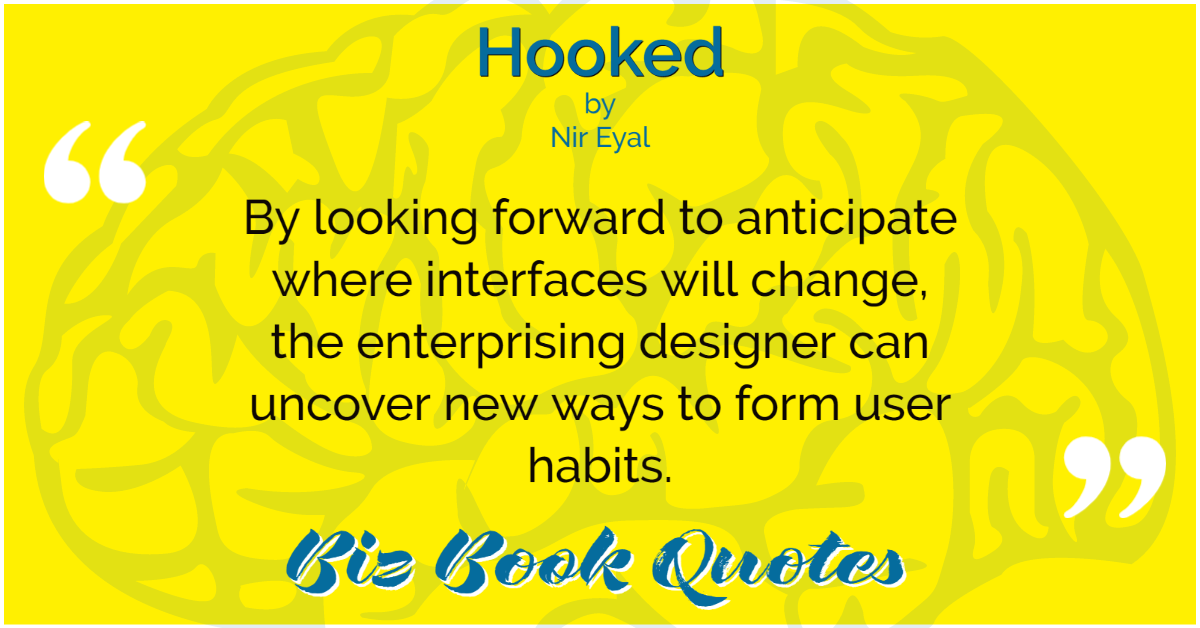 |
By looking forward to anticipate where interfaces will change, the enterprising designer can uncover new ways to form user habits.
|
207 |
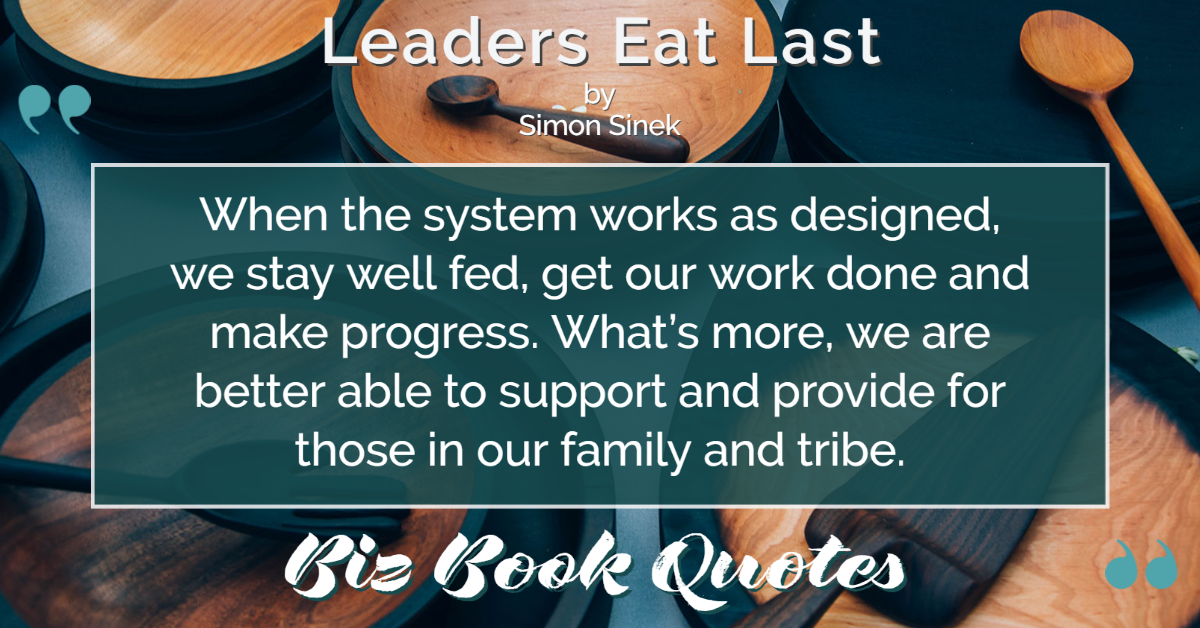 |
When the system works as designed, we stay well fed, get our work done and make progress. What’s more, we are better able to support and provide for those in our family and tribe.
|
52 |
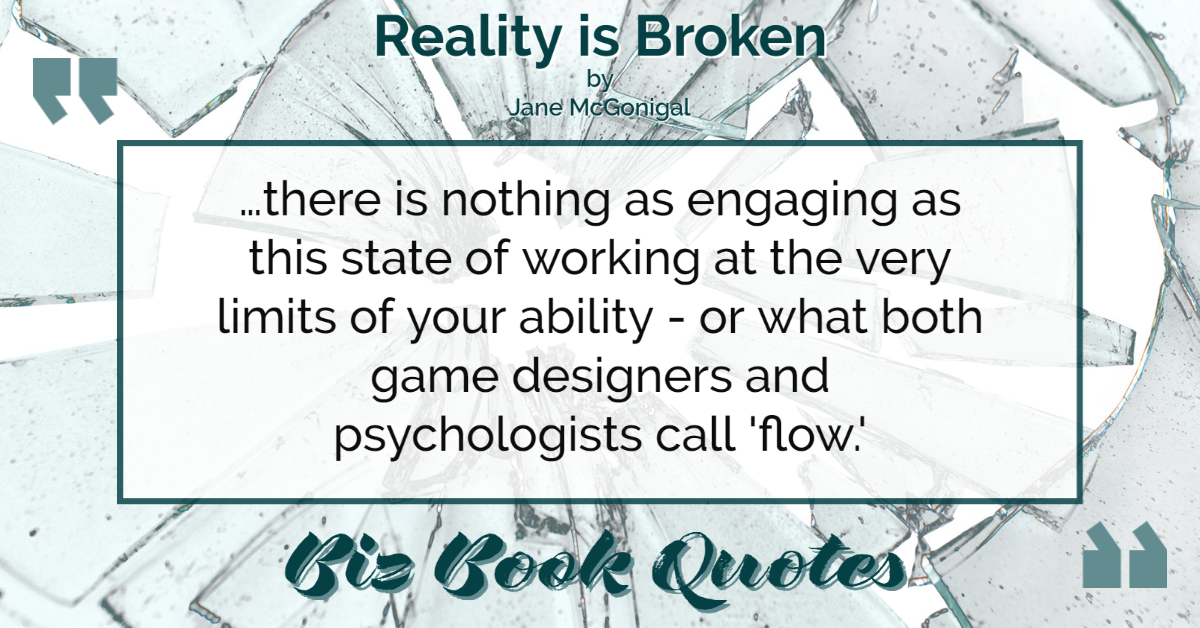 |
…there is nothing as engaging as this state of working at the very limits of your ability – or what both game designers and psychologists call ‘flow.’
|
24 |
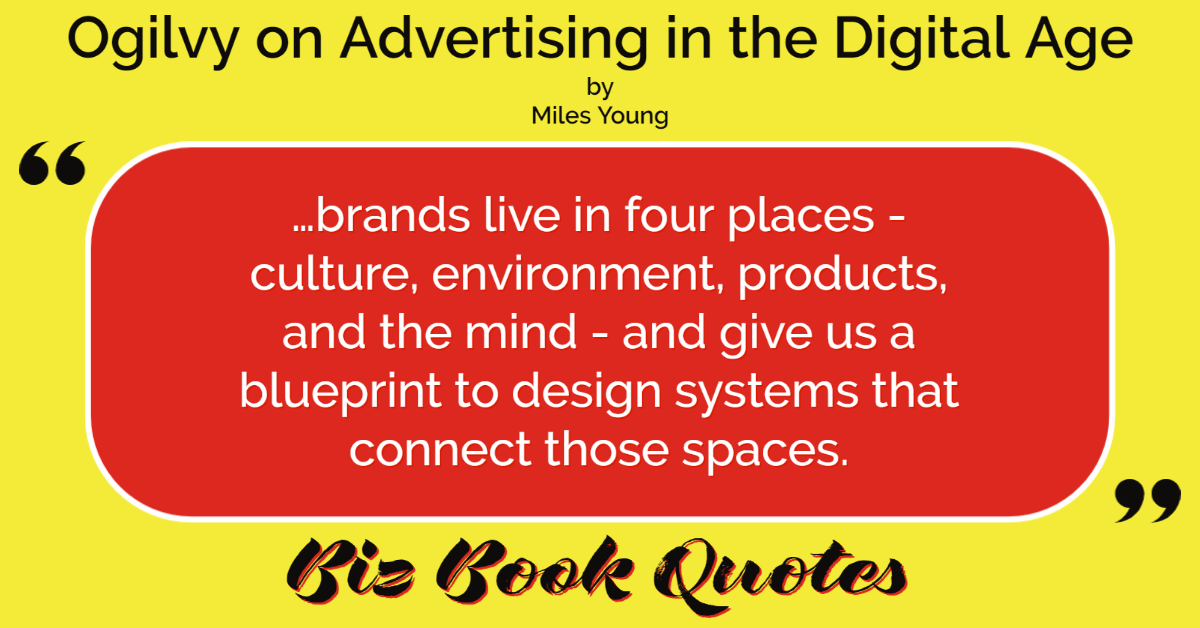 |
…brands live in four places – culture, environment, products, and the mind – and give us a blueprint to design systems that connect those spaces.
|
114 |